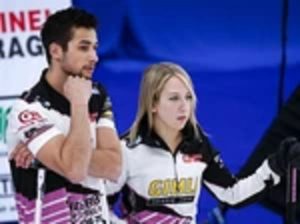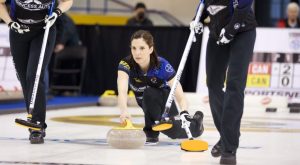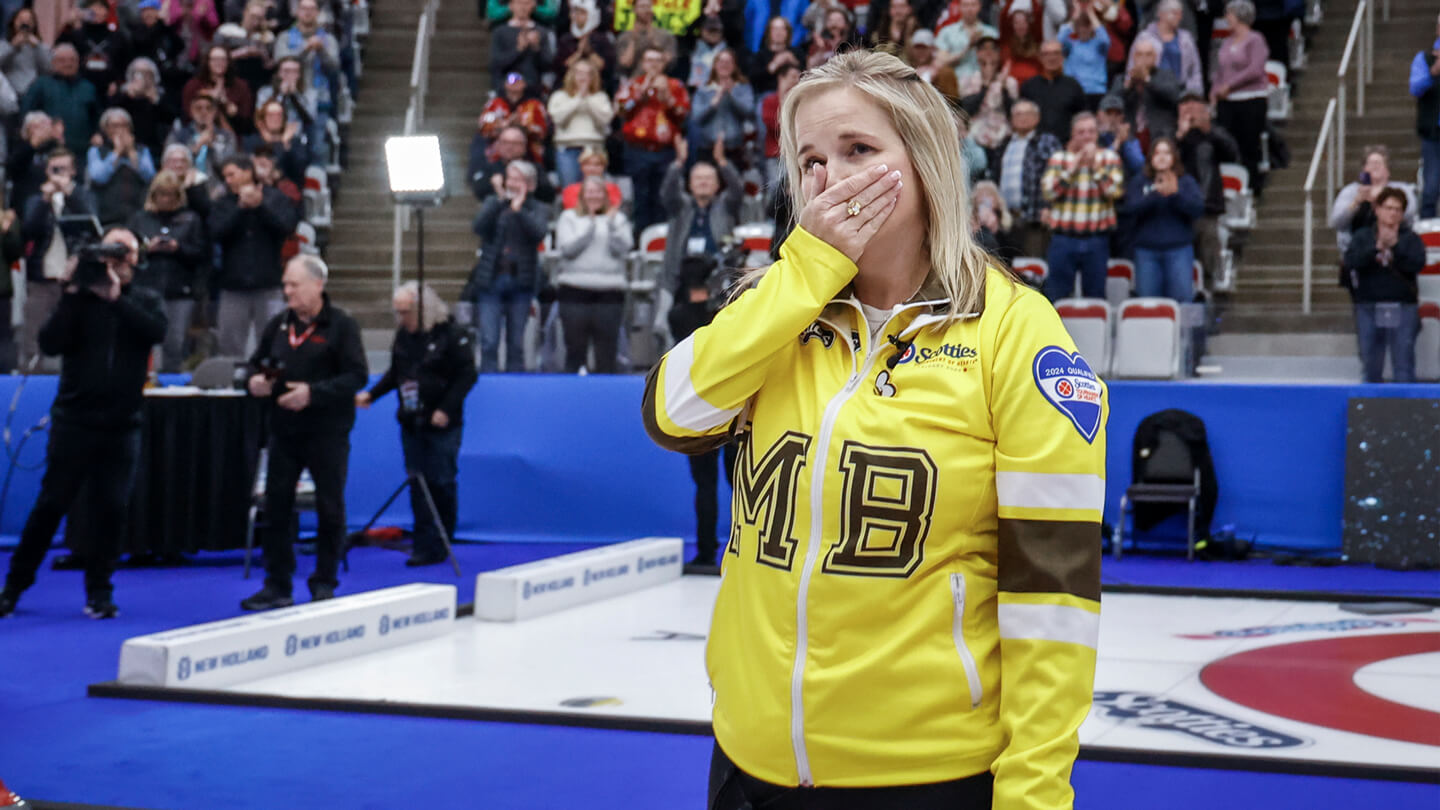In the world of curling, the start of an Olympic quadrennial often brings about significant team changes and player movements, and this week has been no exception. The so-called free agency period, which marks the beginning of a new Olympic cycle, has seen a flurry of high-profile announcements and shifts that have captivated the sport’s community. Teams are making strategic adjustments in preparation for the final push towards the Canadian Curling Trials, set to take place in late 2025. With key players moving around and some legendary figures retiring, the curling scene is buzzing with excitement and speculation.

Veteran skip Brad Jacobs has been at the center of recent headlines, as he transitioned from Reid Carruthers’ team to join Brendan Bottcher’s former rink. This move came on the heels of a surprising decision by Bottcher’s team to switch skips, making Bottcher a sought-after free agent. Jacobs’ decision to join Marc Kennedy, Brett Gallant, and Ben Hebert—who had recently announced their own skip change—has been a major talking point. Jacobs expressed his enthusiasm for the challenge, highlighting the opportunity as a pivotal moment in his career. This move not only alters the dynamics within Jacobs’ new team but also leaves Carruthers to reassess his options moving forward.
In addition to these team changes, the curling community is also marking the end of an era with the retirements of two iconic figures. Jennifer Jones, widely regarded as one of the greatest women’s skips in history, played her final game at the Players’ Championship in Toronto. Her retirement was anticipated after she announced her plans earlier this year, closing a distinguished chapter in the sport. Meanwhile, Glenn Howard, a four-time world men’s champion, also announced his retirement this week, ending a career that spanned over four decades. Howard’s departure, due to ongoing knee issues, marks the end of an era for a player who has set high standards in the sport.

The ripple effects of these retirements and team changes are felt across the curling landscape. Karsten Sturmay’s team has disbanded, leading Kyle Doering, who previously played as a fifth for Brad Gushue’s team, to join Aaron Sluchinski’s rink. Additionally, John Epping is set to lead a new team featuring Jacob and Tanner Horgan, while Meghan Walter will step away from Kate Cameron’s team to focus on her studies. These shifts are part of a broader trend where teams are recalibrating as they gear up for the Canadian Curling Trials.
As the sport adapts to these changes, it’s clear that the quest to qualify for the 2026 Milan Olympics is intensifying. The next 18 months will be crucial for teams to solidify their lineups and enhance their performance in anticipation of the Trials. The frequent shifts in team composition and the high stakes of the upcoming Olympic qualifiers underscore the dynamic and competitive nature of curling. As Jacobs noted, the sport is increasingly resembling a high-stakes business, with every decision and change potentially shaping the future of Canadian curling.

